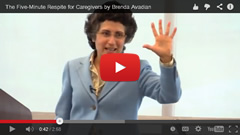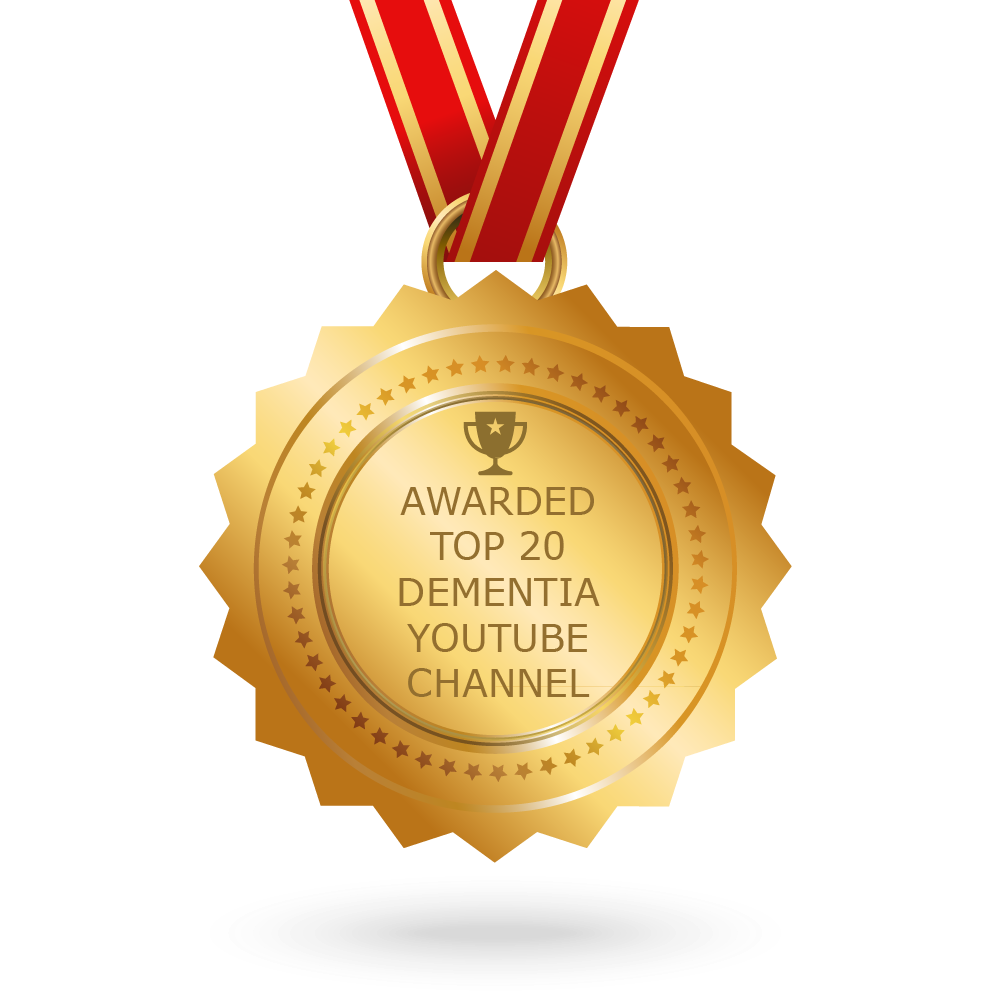A refreshingly compassionate guide for palliative/hospice caregivers and care recipients.
Beth Cavenaugh, RN, is a Certified Hospice and Palliative Care nurse whose book, Some Light at the End, is one of the few genuinely compassionate guides for families making decisions at the end-of-life, including decisions about palliative and hospice care.
Cavenaugh’s book exudes unconditional love along the uncertain twists and turns of a road rarely taken. She gently informs and supports family caregivers and care recipients in every decision—directing her comments to each.
She lists medications within the chapters that address nausea, anxiety, depression, and pain—making them easy to understand. She suggests alternatives for families preferring not to medicate.
Cavenaugh offers options to raise awareness. For example, families can request far more from hospice team members than they may realize. She helps families navigate working with medical professionals and insurance when choosing to pause hospice. She details the dying process so family members can be better informed of what to expect and how to provide care.
She sprinkles humor throughout. She believes people should be free to choose. When her neighbors shout, “Where’s your helmet?” as she enjoys the wind blowing through her hair while riding her bicycle, she restrains herself from shouting back something snarky. She’s an obvious fan of hospice, yet believes it may not be right for everyone. While families fret about enough nourishment, Cavenaugh advocates whatever one wants at the end-of-life—even ice cream for breakfast.

The 19 chapters are mostly several pages with an inspiring action message tucked in between. “Consider one thing you wish to do before you die. Enlist someone to help you complete your wish.” Her mom wanted to go to Hawaii before she died. She dragged her “oxygen tank and bathing suit to Kaanapali,” leaving memories.
While one is bedridden, the mind tends to wander to the far reaches. Cavenaugh lists forgotten topics for discussion—many will help provide closure.
Children are especially impressionable. They often don’t understand why Grandma is not responding. To avoid potential trauma, Cavenaugh advocates letting the child choose whether or not to be present. She gently informs and supports the child’s understanding. “Grandma is tired. She may not talk, but she can still hear you. She can feel you if you want to hold her hand.”
Tips that are challenging for families are made easily accessible such as—
- Helping a patient bathe in bed following some of the easiest steps I’ve seen.
- People at end of life may not want to eat or drink. That’s okay, because the body is shutting down. Force-feeding may result in choking.
- Tips for dealing with anxiety and anger while struggling with shortness of breath.
- Causes of delirium and tips for dealing with these difficult moments.
- Take medications soon enough to take effect by the time they are needed.
- Managing visitors and their expectations. The needs of the dying come first. It’s okay to postpone (forever) a visit from someone whose manner may prove stressful.
As I read this book, I couldn’t stop thinking that when my time comes, I want Beth Cavenaugh to be my hospice nurse.
Some Light at the End is a must-have guidebook. Refer to it often while caring for a loved one who is dying.
To add a little more fun, look at the role animals play in hospice care in this review of Hospice Tails—The Significant Role Animals Play in Our Lives Until the End.








